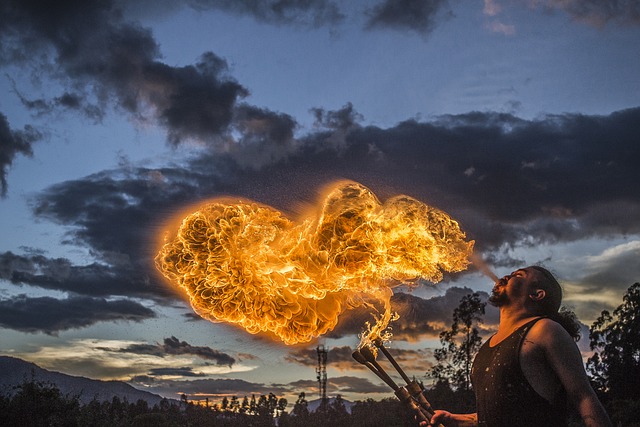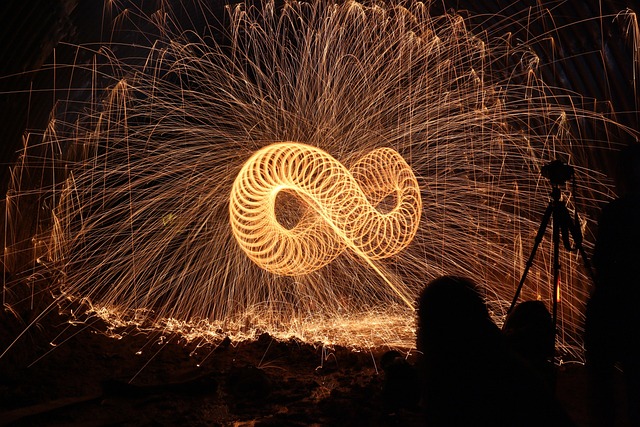Schertz home fires often stem from everyday mishaps, electrical issues, or natural events like grease fires in kitchens, unventilated heat sources, faulty wiring, lightning strikes, and gas leaks. Smoke damage restoration for clothing requires a precise process involving visual inspection, odor assessment, understanding fire duration, and ventilation to determine the best course of action. This meticulous approach aims to minimize soot removal, prevent further fiber degradation, and restore garments damaged by Schertz home fires to near-original condition.
Smoke damage from house fires can leave clothing not just discolored but also with a strong, unpleasant odor. Understanding the common causes of house fires in Schertz homes is key to preventing smoke damage. This article delves into assessing smoke damage to clothing and provides a step-by-step guide on restoring affected garments. By following these processes, you can effectively mitigate the impact of smoke damage, ensuring your clothes look and smell like new again.
- Common Causes of House Fires in Schertz Homes
- Assessing Smoke Damage to Clothing
- Restoring Smoke-Damaged Clothing: Step-by-Step Processes
Common Causes of House Fires in Schertz Homes

In many cases, house fires in Schertz homes are often attributed to a combination of everyday activities and human error. Kitchen accidents, such as grease fires sparked by unattended cooking or hot oil, are a significant source of ignition. Unventilated candles or space heaters placed too close to flammable materials can also lead to quick and intense blazes. Electrical issues like faulty wiring, overloaded circuits, or outdated electrical systems pose another substantial risk, especially in older Schertz residences. Additionally, heating appliances, including fireplaces and wood-burning stoves, require proper maintenance and safety measures to prevent fire hazards. Natural disasters like lightning strikes or accidental gas leaks further underscore the diverse range of common causes of house fires in this community.
Assessing Smoke Damage to Clothing

Smoke damage is a complex issue for clothing restoration, as it goes beyond mere soiling or discoloration. Assessing the extent of smoke exposure is crucial in determining the best course of action for repairs. The first step involves identifying the type of smoke involved—whether from burning materials like wood, plastics, or fabrics—as each can leave distinct residue and odors. Common causes of house fires in Schertz homes, such as kitchen accidents, electrical malfunctions, or heating system issues, play a significant role in the kind of smoke damage clothing may sustain.
Inspecting the garment closely for visible signs is essential. This includes checking for singed edges, discolored areas, and any sooting residue. The smell can also provide clues; a pungent, acrid odor might indicate the presence of synthetic materials that burned at high temperatures. Additionally, professionals consider the duration and intensity of the fire, as well as the ventilation in the affected area, to predict the level of smoke penetration into clothing fibers.
Restoring Smoke-Damaged Clothing: Step-by-Step Processes

Restoring Smoke-Damaged Clothing: A Step-by-Step Guide
Smoke damage from common causes like kitchen fires or electrical malfunctions in Schertz homes can leave clothing with unsightly stains, odors, and even structural degradation. The restoration process is designed to carefully address each of these issues. Initially, the affected garments are thoroughly inspected to identify the extent of the damage—from surface soot to deeper fiber erosion. This step is crucial as it guides the subsequent treatments tailored to different fabric types.
Next, professional restorers pre-treat the clothing using specialized solutions to loosen and lift smoke residues from the fabrics’ surfaces. This process often involves gently applying cleaning agents or using mild enzymatic washes. After pre-treatment, garments are carefully washed in temperature-controlled water to remove any remaining contaminants while preserving the fabric integrity. Drying is done under controlled conditions to prevent further shrinkage or damage, ensuring the clothing returns to its original state as much as possible.
Smoke damage from house fires in Schertz can be devastating, but proper assessment and restoration processes can revive your clothing. By understanding the common causes of Schertz home fires and following a meticulous step-by-step restoration guide, you can effectively mitigate smoke damage. Remember, quick action is crucial to preserving fabrics and maintaining the original look of your garments.
